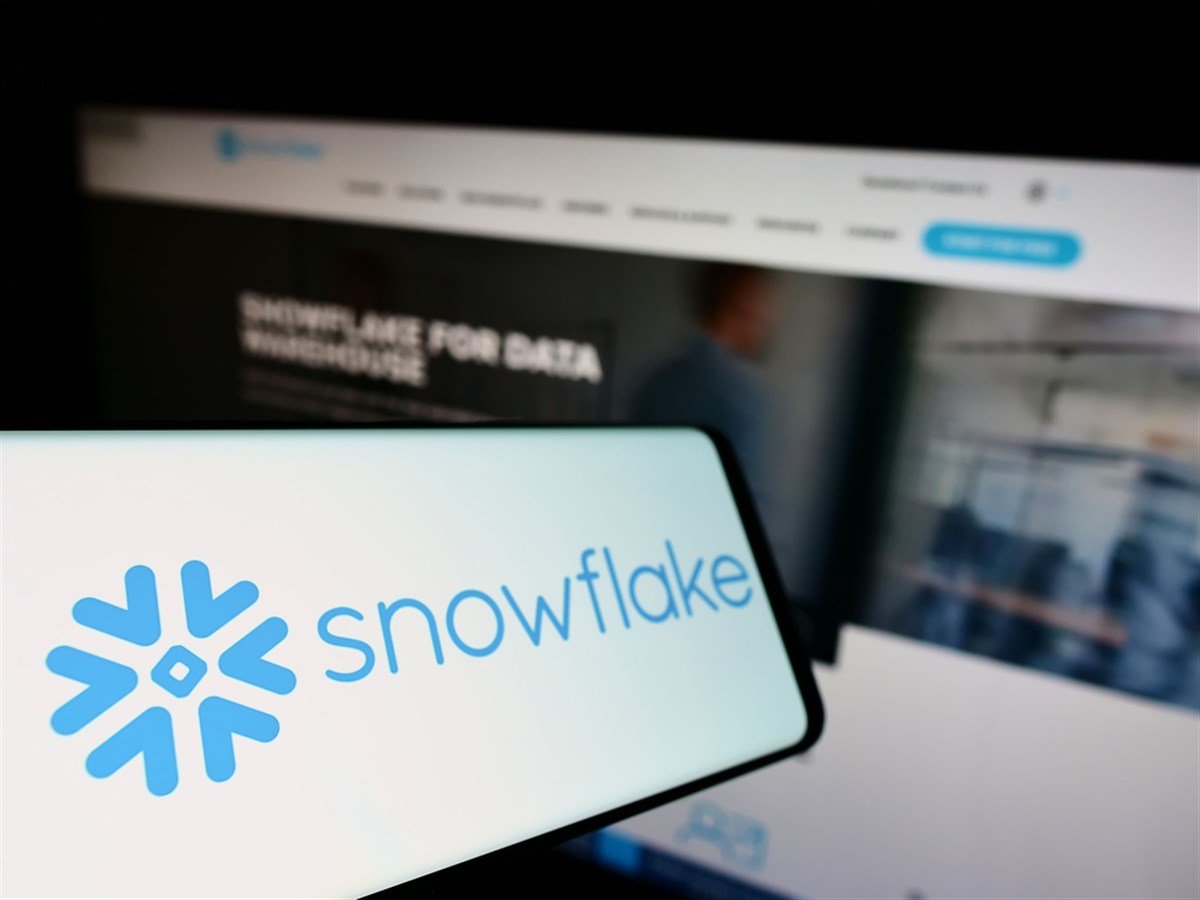
A 20% drop in Thursday’s session should tell you everything you need to know about Snowflake Inc.'s (NYSE: SNOW) earnings, at least from the high level. The data giant tech stock had been rallying hard since November, so expectations were clearly building for a blowout report to justify the run.
As often happens in these cases, investors NYSE: SNOW" target="_blank" rel="noopener">buy the rumor and then sell the news. Such is the case with Snowflake this week, who did themselves no favors at all by delivering a bearing forecast and news of a change in their executive lineup.
Snowflake Headline Beats
First things first, though, the numbers. On the face of it, Snowflake managed to beat analyst expectations for both revenue and earnings, the former showing year-on-year growth of 32% and the latter coming in more than 50% higher than the consensus.
However, while that kind of outperformance in isolation would often be enough to spark a fresh move higher, the devil was in the details for Snowflake. It didn’t take Wall Street long to zero in on the warning from management regarding the company’s revenue growth, which for the fiscal year 2025 is expected to land around 22%. This is a sharp decline from 2024’s 38% and is in the completely opposite direction from what everyone would have been expecting.
With inflation readings continuing to cool and tech stocks, in general, enjoying their best run in years, you’d be forgiven for thinking the factors are all in place for cloud and software spending to surge across all industries. But what hurt Snowflake as well beyond the growth warnings was the news their CEO, Frank Slootman, will be retiring, effective immediately. For a company of Snowflake’s size, a cool $64 market cap for context, to announce a change-up of this magnitude with so little notice will never be considered a bullish signal.
Citi’s Tyler Radke called the move “unexpected,” which is probably a polite way of putting it. With regards to the company’s refreshed fundamental outlook, the analysts weren’t much more bullish there either. J.P. Morgan made the point that they weren’t all that surprised, with analyst Mark Murphy saying Snowflake’s shares had moved so far beyond his price target that he was almost expecting the report to disappoint.
But with shares already starting to consolidate after yesterday’s plunge, what’s the play here for those of us on the sidelines?
Getting Involved with Snowflake Stock
Well, it’s an interesting one, with Mizuho Securities already noting that the company’s warning could prove to be excessively conservative, which means we could be looking at bargain prices right now. There’s no doubt that Snowflake delivered a strong performance last quarter, so it’s not like things haven’t been trending in the right direction. And with the stock’s relative strength index (RSI) heading into the low 30s, indicating oversold conditions, you can’t help but feel this week’s drop might come to be looked on as an overreaction.
With shares trading below $190 during Friday’s session, they were already at a significant discount to the refreshed, albeit reduced, price targets from Royal Bank of Canada and JMP Securities. Analyst teams from both maintained their Outperform rating on Snowflake shares in the aftermath of Wednesday’s report, and even though their price targets were lowered to $246 and $235, respectively, that’s already suggesting there’s an immediate upside to be had in the region of 30%.
If Snowflake shares can continue to consolidate into the weekend and start next week off with some bullish momentum, they should have little trouble closing yesterday’s gap down. To be sure, the outlook remains more negative than expected last week, but the shares have dropped back to a long-term line of support and should be able to form a fresh base here. For those of us who are always keen for a bargain, this is what it looks like.

